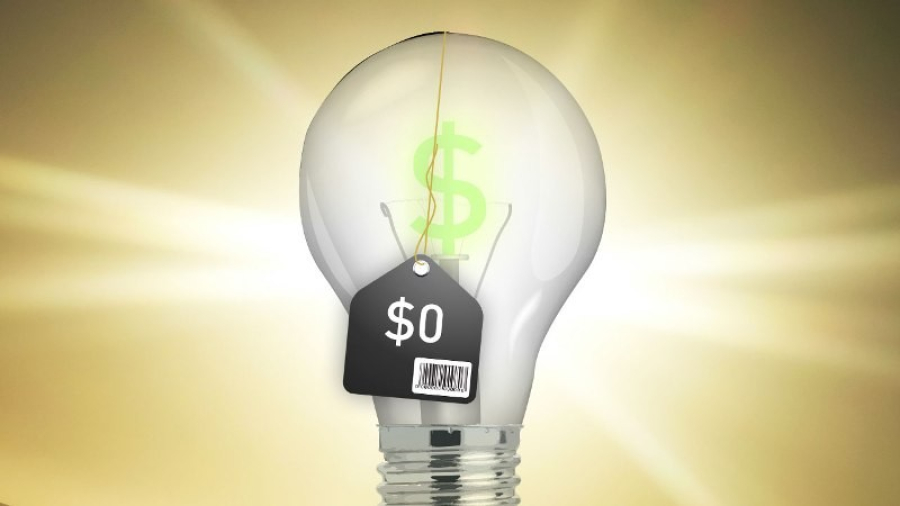Electricity is an essential utility that powers our daily lives, but the costs can add up quickly. Whether you’re a homeowner or a business owner, finding ways to lower electricity expenses is always a welcome endeavor. In this blog post, we will delve into various strategies and tips for reducing electricity costs and ultimately saving money while being more energy efficient.
Understanding Electricity Costs
Before diving into strategies for lowering electricity costs, it’s important to understand what contributes to these expenses. Electricity bills are typically calculated based on usage (measured in kilowatt-hours), and the rates can vary depending on the time of day, season, and the specific pricing structure in your area. Additionally, there are fixed charges and taxes that may impact the overall cost.
One effective strategy for reducing long-term electricity costs is investing in solar panel installation. Solar panels convert sunlight into electricity, allowing homeowners and businesses to generate their own power.
This not only reduces reliance on the grid, which can lead to significant savings on electricity bills but also benefits the environment by providing a clean, renewable source of energy.
Energy-Efficient Appliances and Lighting
One of the most impactful ways to reduce electricity costs is by investing in energy-efficient appliances and lighting. Many modern appliances bear the ENERGY STAR label, which signifies that they meet strict energy efficiency guidelines set by the Environmental Protection Agency. Upgrading to these appliances not only lowers energy consumption but also often qualifies for rebates or tax incentives, providing additional savings.
Similarly, replacing traditional incandescent bulbs with LED or CFL alternatives can significantly reduce electricity usage for lighting. These newer lighting technologies consume less energy and have longer lifespans, resulting in lower maintenance and replacement costs over time.
Smart Energy Management
The advancement of smart technology has introduced innovative solutions for managing energy consumption.
Smart thermostats, for example, can optimize heating and cooling based on occupancy and personal preferences, leading to reduced energy usage without sacrificing comfort.
Additionally, smart power strips can prevent standby power consumption by automatically cutting off power to devices when not in use.
Renewable Energy Sources
Exploring renewable energy sources, such as solar or wind power, presents long-term benefits for lowering electricity costs.
While the initial investment for installing solar panels or wind turbines may seem substantial, the potential for generating your own electricity and even selling excess power back to the grid can result in significant savings over time.
Many regions offer incentives and net metering programs that further enhance the financial viability of renewable energy adoption.
Energy Conservation Practices
Simple yet effective practices can make a notable impact on electricity costs. Encouraging habits like turning off lights and unplugging devices when not in use, maintaining HVAC systems, and utilizing natural light whenever possible can collectively contribute to reduced energy consumption.
Additionally, conducting energy audits to identify areas of inefficiency and implementing insulation and weatherization measures can lead to substantial long-term savings.
Time-of-Use Optimization
Understanding your utility’s time-of-use (TOU) pricing structure can provide opportunities for strategic electricity usage. TOU plans offer varying rates based on the time of day, incentivizing reduced usage during peak hours when rates are higher. By shifting energy-intensive tasks to off-peak hours or implementing automated scheduling for certain appliances, significant savings can be realized.
Conclusion
Lowering electricity costs requires a multifaceted approach that encompasses both behavioral changes and strategic investments. By understanding the factors that contribute to electricity expenses and implementing energy-efficient practices, individuals and businesses can successfully reduce their reliance on grid power and achieve long-term savings.
Embracing renewable energy sources and leveraging smart technologies further amplifies the potential for cost reduction while promoting sustainability. With a commitment to energy conservation and prudent management, the goal of powering down electricity costs is within reach for everyone.
In conclusion, by implementing the strategies outlined in this blog post, you can take proactive steps towards lowering electricity costs, contributing to a more sustainable and cost-effective future for your home or business.

